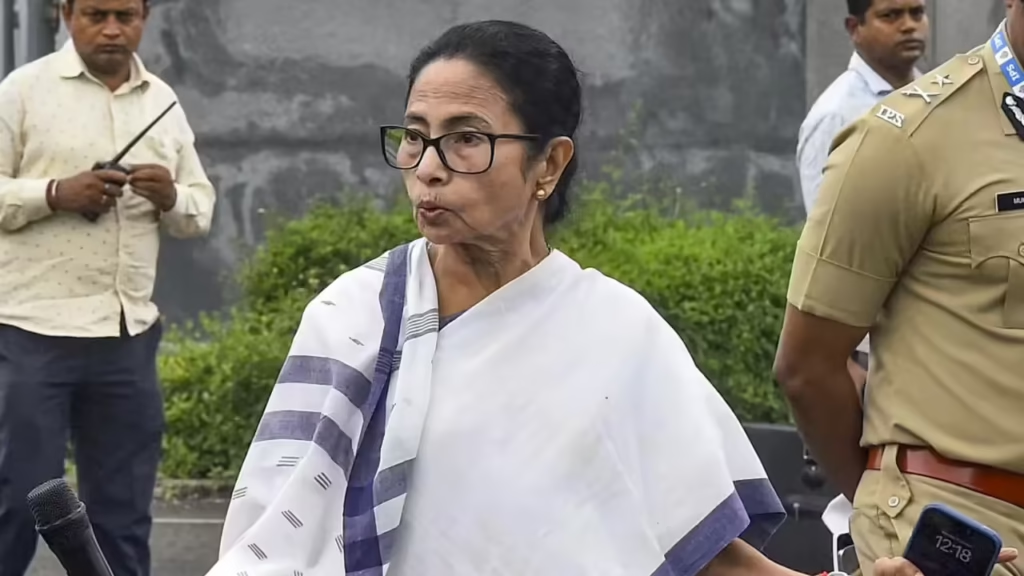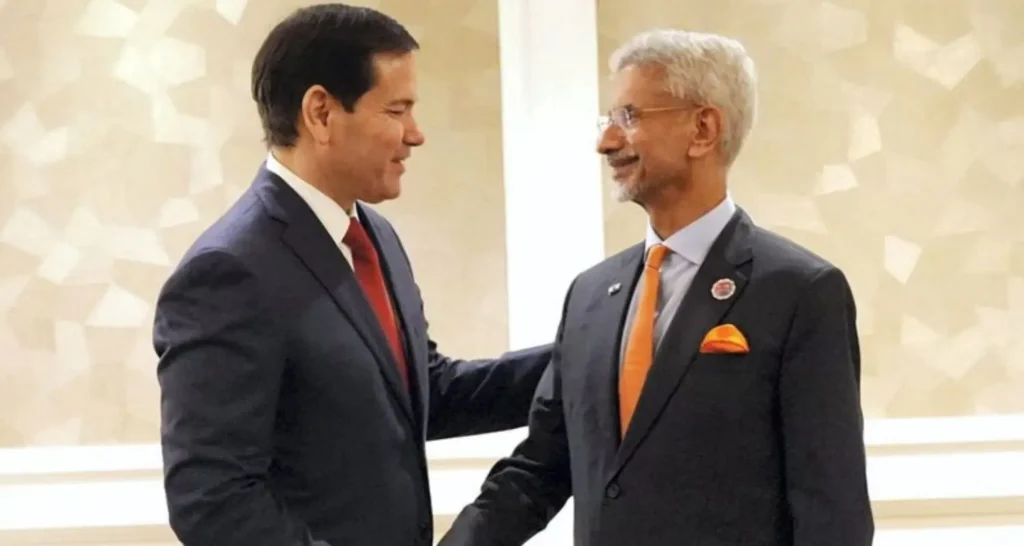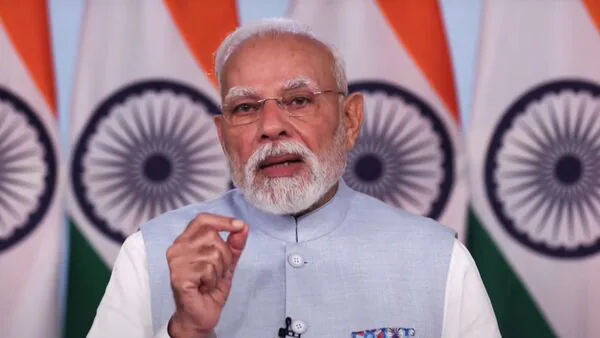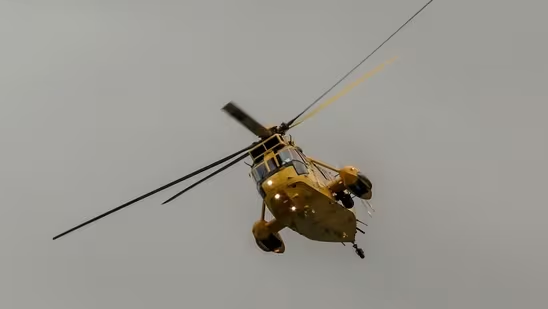Now Reading: Russia Unveils Nuclear-Powered Missile ‘Burevestnik’: A New Era in Global Defence Strategy
-
01
Russia Unveils Nuclear-Powered Missile ‘Burevestnik’: A New Era in Global Defence Strategy
Russia Unveils Nuclear-Powered Missile ‘Burevestnik’: A New Era in Global Defence Strategy
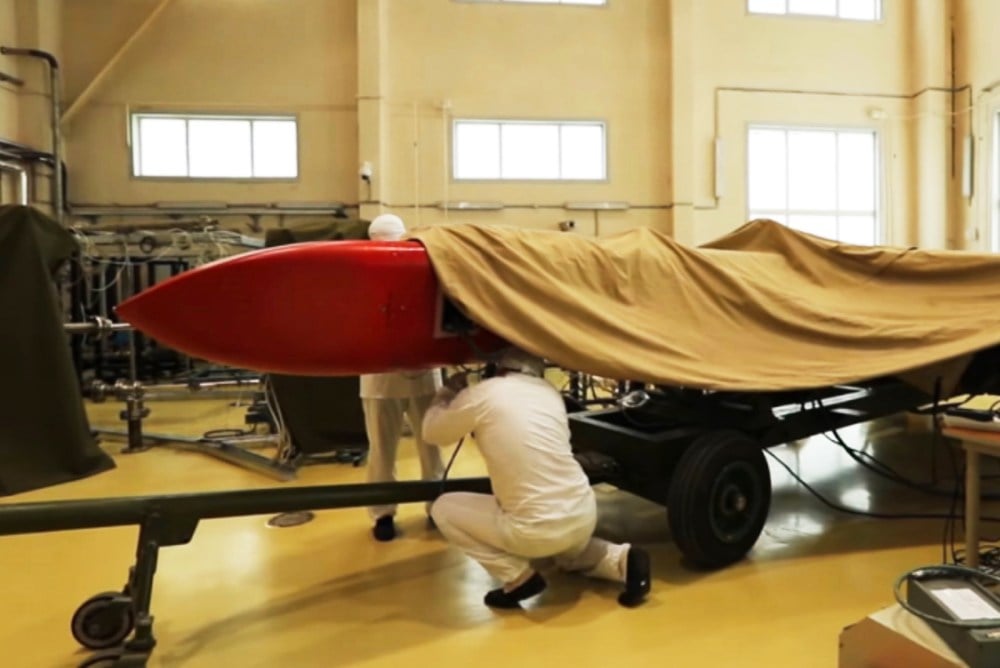
Russia’s recent revelation of its nuclear-powered missile, Burevestnik, has stirred conversations among defence experts worldwide. Claimed to be capable of evading any existing defence system, this weapon marks a significant shift in global security dynamics. As nations evaluate the implications, questions arise about the balance of power and the potential risks of a technology that blurs the line between deterrence and escalation.
The Burevestnik missile, according to Russian officials, is designed with an almost unlimited range due to its nuclear propulsion system. This means it could stay airborne for extended periods, change direction mid-flight, and strike targets from unpredictable paths. The development represents Moscow’s effort to maintain strategic superiority amid rising global tensions and growing competition from the United States and NATO allies.
Defence analysts see this as a statement of capability rather than immediate aggression. The message is clear—Russia wants to remind the world of its technological edge and strategic readiness. However, the introduction of such a system also raises serious concerns about safety, environmental hazards, and the risk of an arms race. The very idea of a missile powered by nuclear energy brings questions about containment and control in case of technical failure.
For India and other developing nations, this advancement highlights the urgent need to strengthen defence research and cyber preparedness. While India maintains neutral diplomatic relations with Russia, the emergence of nuclear-powered delivery systems changes the landscape for countries focused on regional stability and secure borders. It also underlines the importance of innovation in indigenous missile and satellite technology to ensure strategic self-reliance.
In Tier 2 cities where many defence manufacturing and research units are expanding, developments like these serve as a reminder that modern warfare is no longer limited to physical confrontation. It involves technology, data, and long-term national resilience. Such innovations demand a deeper understanding of global defence trends and their long-term implications.
As the world reacts to Burevestnik’s capabilities, the conversation moves beyond military strength to the responsibility that comes with it. The introduction of nuclear-powered weapons may redefine deterrence, but it also heightens the stakes of global security. Whether this missile becomes a tool for peace through power or a trigger for new tensions will depend on how the world’s major powers choose to respond.









